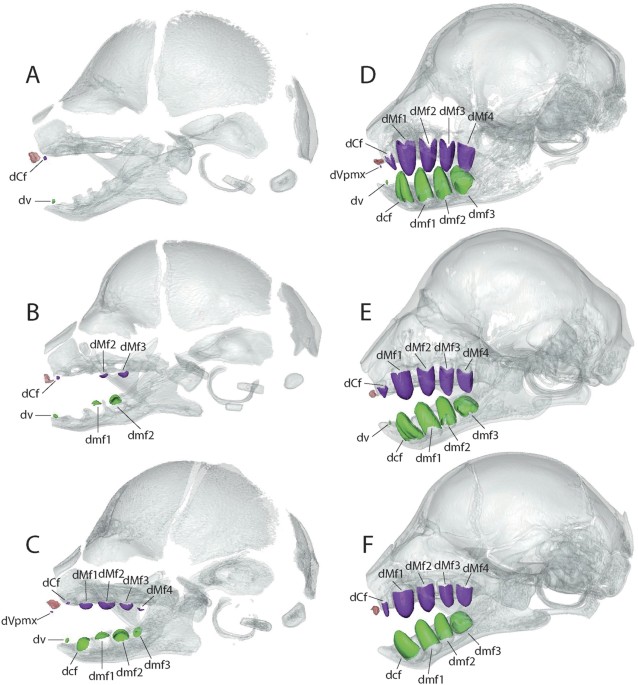Like other Xenarthra, sloths have a simple skull with an incomplete zygomatic arch. They have relatively few teeth. They lack canines and incisors and have only 5 maxillary and 4 mandibular molars. The cheek teeth, which look like uniform pegs, have open roots and allow continuous growth. To be honest, sloths have teeth. Not so many! Sloths have only 10 upper teeth and 8 lower teeth. The most prominent teeth in sloths are the two anterior teeth used to chew food. The other teeth are flat and are used to grind food (mainly leaves)! In general, sloths eat most of their leaves while in the rainforest habitats of Central and South America. However, due to its slow metabolism, it does not require much food to survive. Monofiodons are animals with only a pair of teeth that grow continuously throughout their lives, such as platips, sloths, whales, seals, and narwars. Dolphins, and most whales. There are 2 types, 3 types, and 6 types of Futayubinamakemono. Pigmy Miyubinamakemono (Bradypus pygmaeus) Manned Miyubinamakemono (Bradypus torquatus) Linnaeus's Futayubinamakemono (Choloepus didactylus) Hoffman's Futayubinamakemono (Choloepus hoffmanni) More.
Usually, it is moderately rounded. The anterior teeth of the maxilla are usually smaller than the other teeth. The two-fingered sloth of Linnaeus's sloth has 4-5 sets of teeth. These are canines and have no incisors.
Do sloths have teeth?
Sloths do not have incisors, so tap firmly on your lips to trim the leaves. Throughout the life of sloths, their teeth grow and are continuous, but they don't get too long because they wear out by biting the leaves. Sloths are primarily herbivores, but some sloths supplement their diet with insects and birds.
What do sloths need to survive?
Sloths have a low metabolic rate and low body temperature (91 degrees Fahrenheit). This minimizes food and water requirements. Sloths have small premolars and are used to chew leafy vegetables. Their stomachs have many separate compartments that are used to digest tough cellulose, a component of the plant material they eat.
Is the sloth a monofiodon?
Both extant sloths are functionally solitary teeth, and their dentition is generally thought to constitute a set of permanent teeth. The sloth dentition contrasts with the complete lack of anteater teeth and the excess teeth of armadillos.
How many types of sloths are there?
There are six known species of sloths, all of which belong to two families. A three-finger and two-finger sloth. Sloths are so named because of their low metabolism and low movement. Sloths are slow-moving and are not easily detected by predatory cats and hawks that hunt visually. Although powerless on the ground, sloths are excellent swimmers.
Do sloths have front teeth?
Sloths do not have front teeth. – Sloths have sharp teeth on the sides and molars on the back. However, there are no front teeth! 14 апр. 2017
What kind of teeth do sloths have?
Sloths have unique teeth. They do not have deciduous teeth, but have a set of high coronal open root teeth that grow continuously throughout life (Bargo et al. 2006), and because there is no replacement dentition, sloth teeth It is difficult to assimilate with them. Other mammals. 30 days. 2012
How many sloth teeth do you have?
Five simple peg-like teeth on either side of the upper jaw. 4 on both sides of the lower jaw = 18 in total. There are two large blade-like teeth in front for chewing. (It looks like a canine, but it's actually derived from another tooth.)
Do sloths have sharp teeth?
Each time a two-finger sloth opens its mouth, its fangs sharpen, maintaining two pairs of very sharp teeth. Since their diet consists only of leaves, they also consume a lot of tannins.

Below you will find two helpful answers on a similar topic. 👇
What are sloths known for?Which cow gives 100 Litres of milk?
